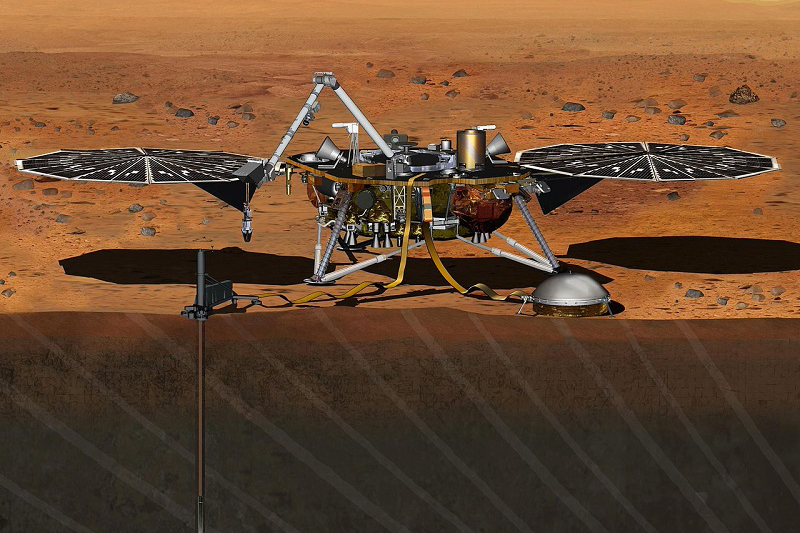NASA last landed on Mars in 2012 with the Curiosity rover.
A NASA spacecraft designed to burrow beneath the surface of Mars landed on the red planet Monday after a six-month, 300 million-mile (482 million-kilometre) journey and a perilous, six-minute descent through the rose-hued atmosphere.
Flight controllers at NASA’s Jet Propulsion Laboratory in Pasadena, California, leaped out of their seats and erupted in screams, applause and laughter as the news came in.
“Touchdown confirmed!” a flight controller announced.
The three-legged InSight spacecraft reached the surface after being slowed by a parachute and braking engines, the space agency said. Updates were coming in via radio signals that take more than eight minutes to cross the nearly 100 million miles (160 million kilometres) between Mars and Earth.
It was NASA’s ninth attempt to land at Mars since the 1976 Viking probes. All but one of the previous U.S. touchdowns were successful.
NASA last landed on Mars in 2012 with the Curiosity rover.
Viewings were held coast to coast at museums, planetariums and libraries, as well as New York’s Times Square.
The plan called for the spacecraft to go from 12,300 mph (19,800 kph) to zero in six minutes flat as it pierced the Martian atmosphere and settled on the surface.
“Landing on Mars is one of the hardest single jobs that people have to do in planetary exploration,” said InSight’s lead scientist, Bruce Banerdt. “It’s such a difficult thing, it’s such a dangerous thing that there’s always a fairly uncomfortably large chance that something could go wrong.”
Mars has been the graveyard for a multitude of space missions. Up to now, the success rate at the red planet has been only 40 percent, counting every attempted flyby, orbital flight and landing by the U.S., Russia and other countries since 1960.



